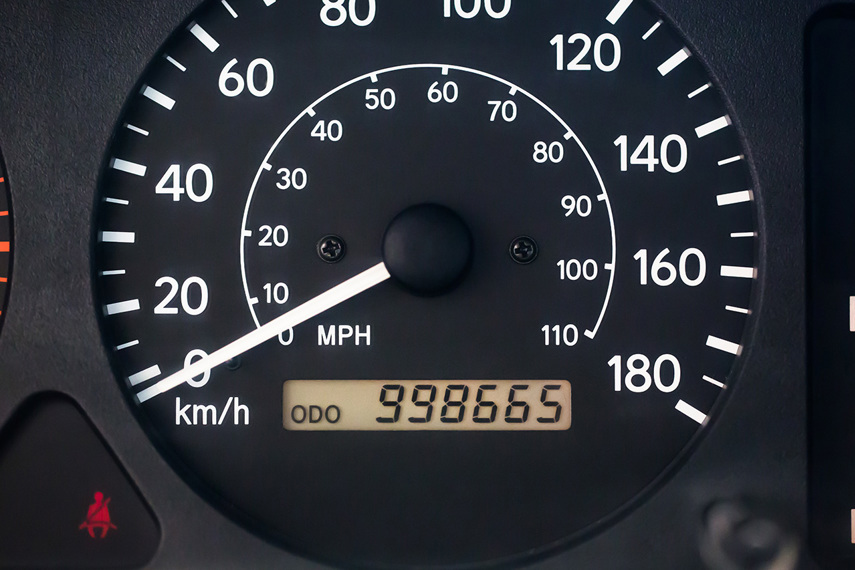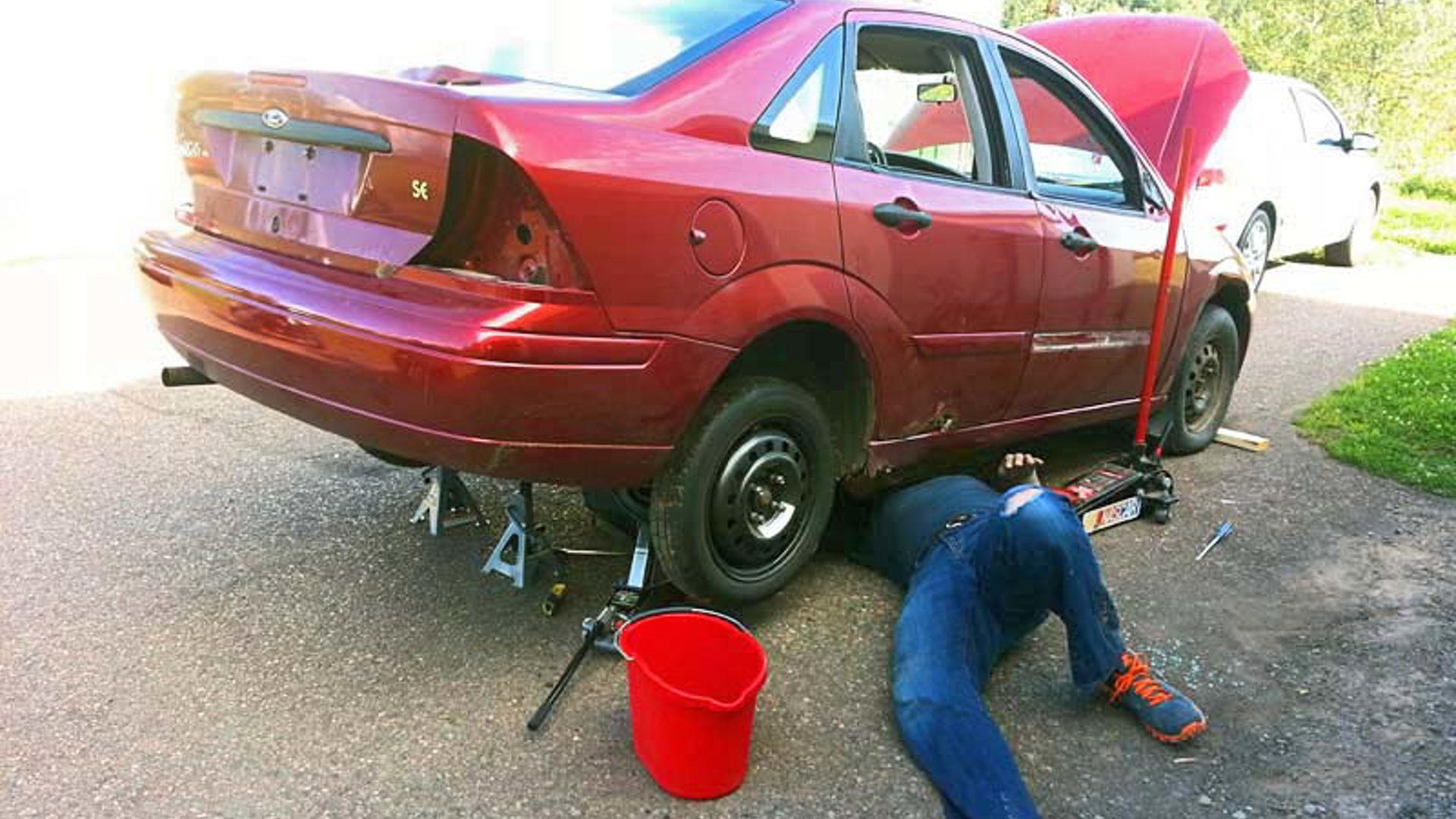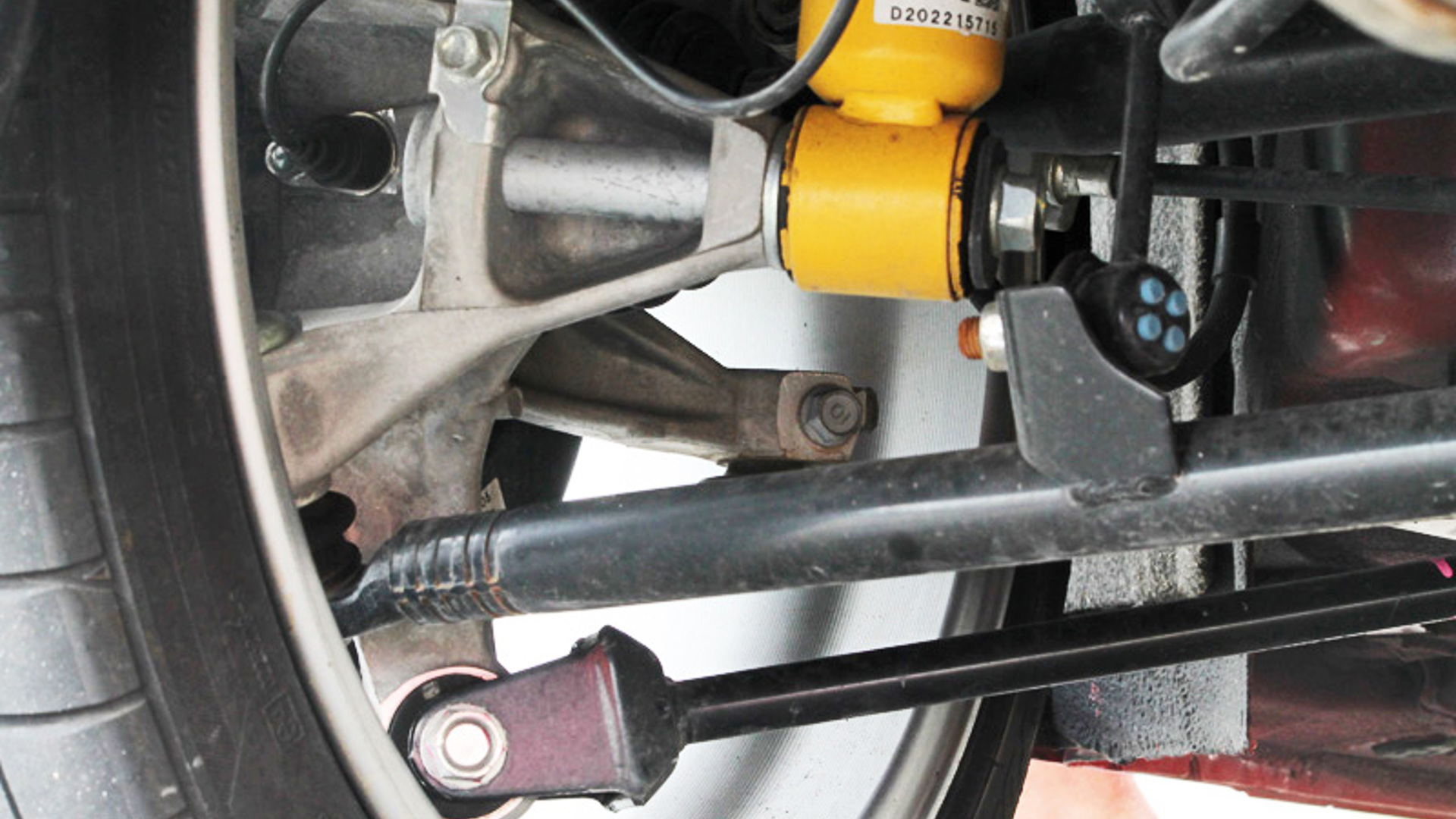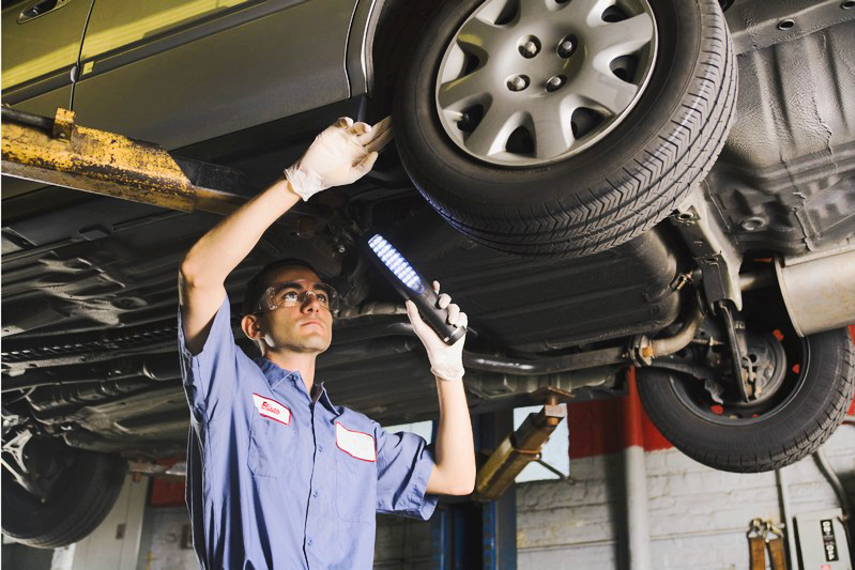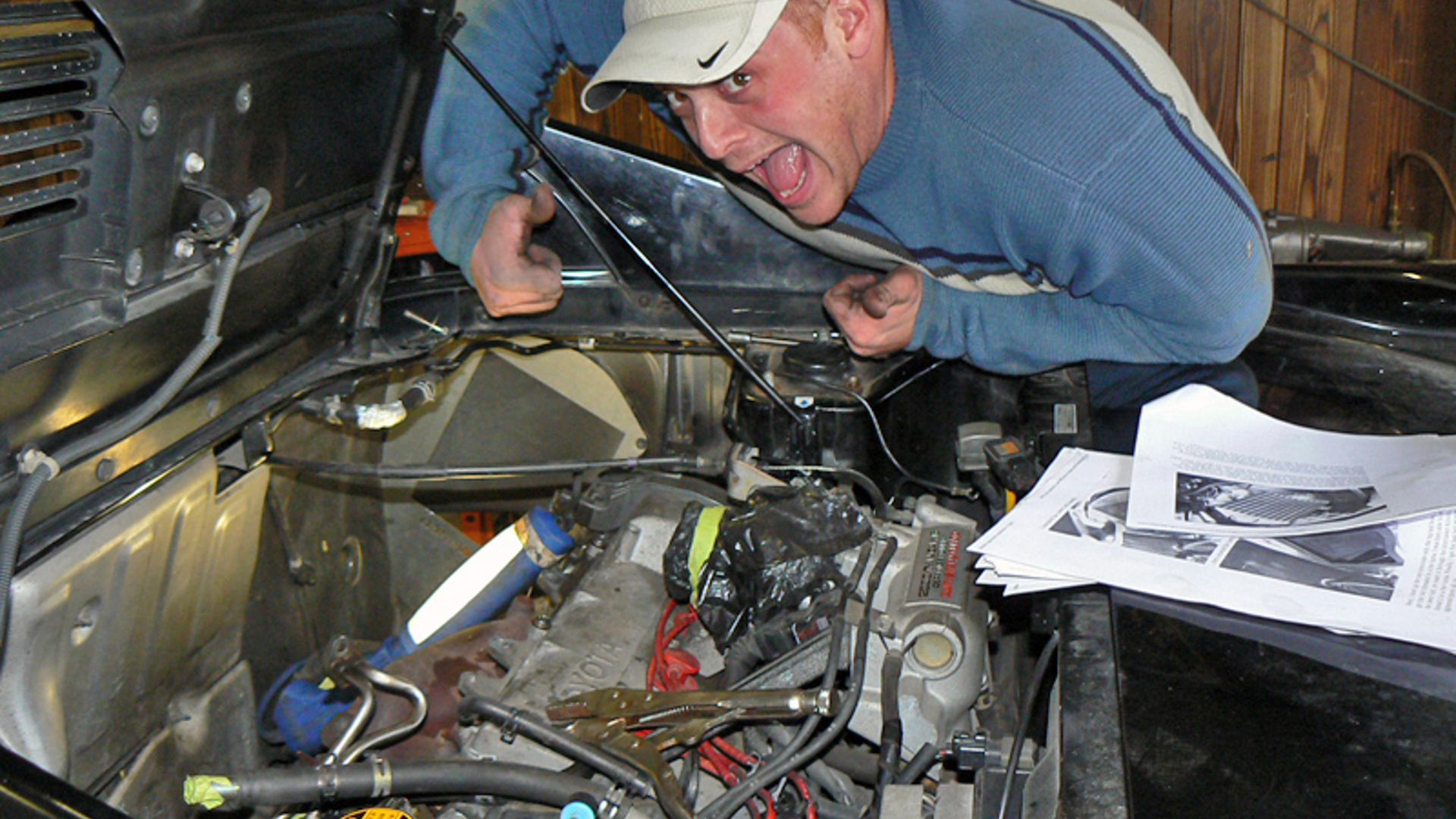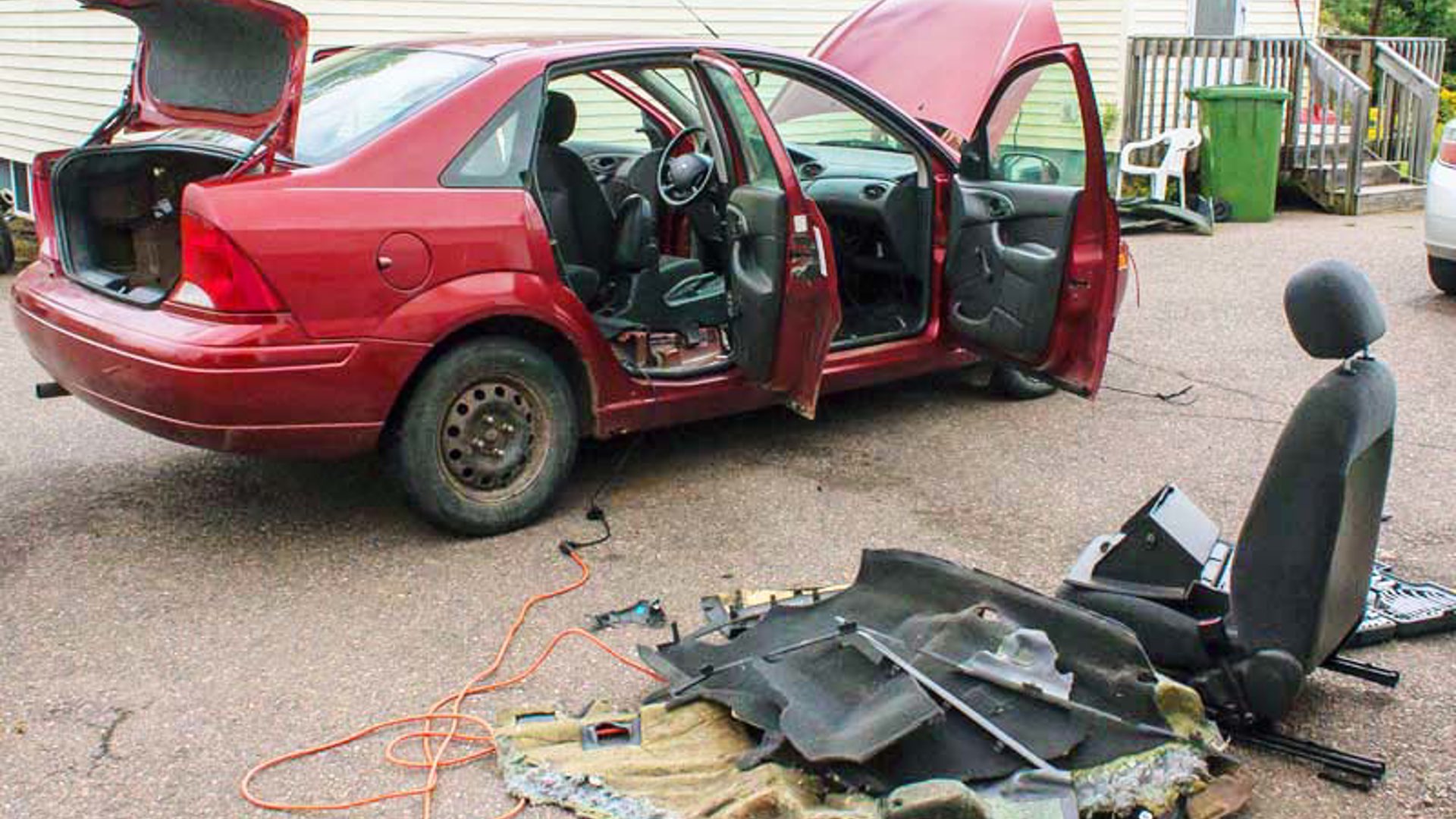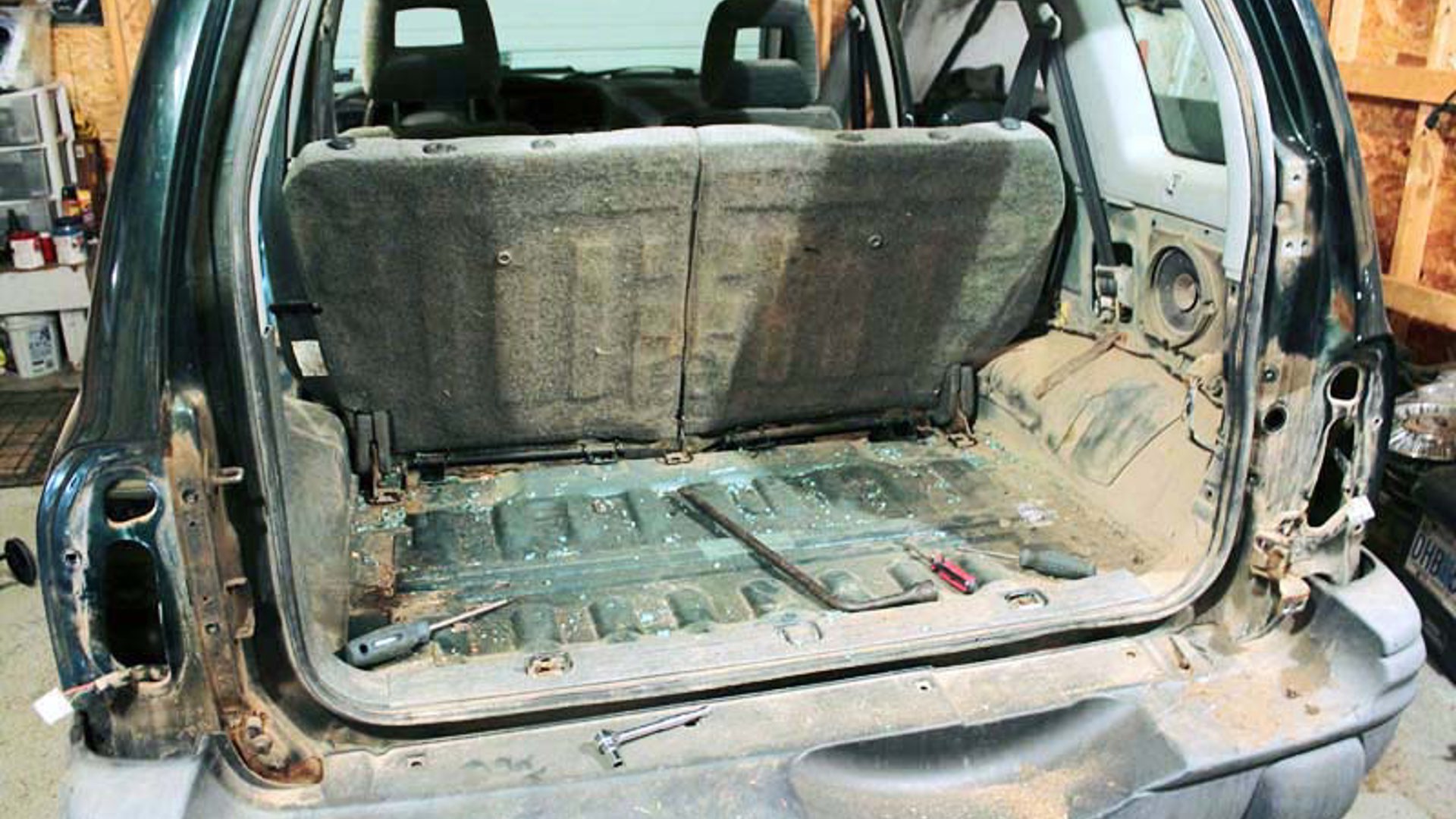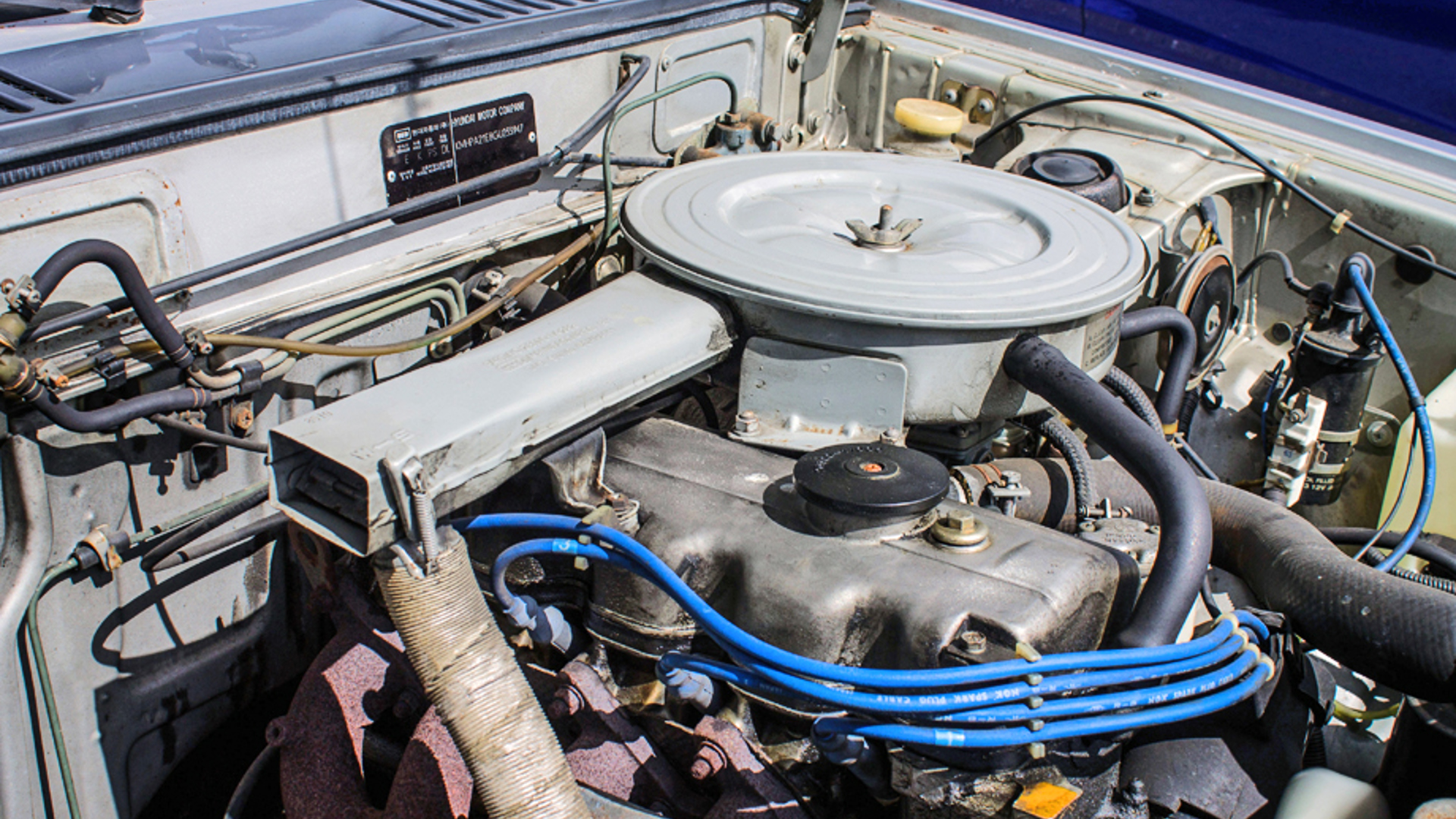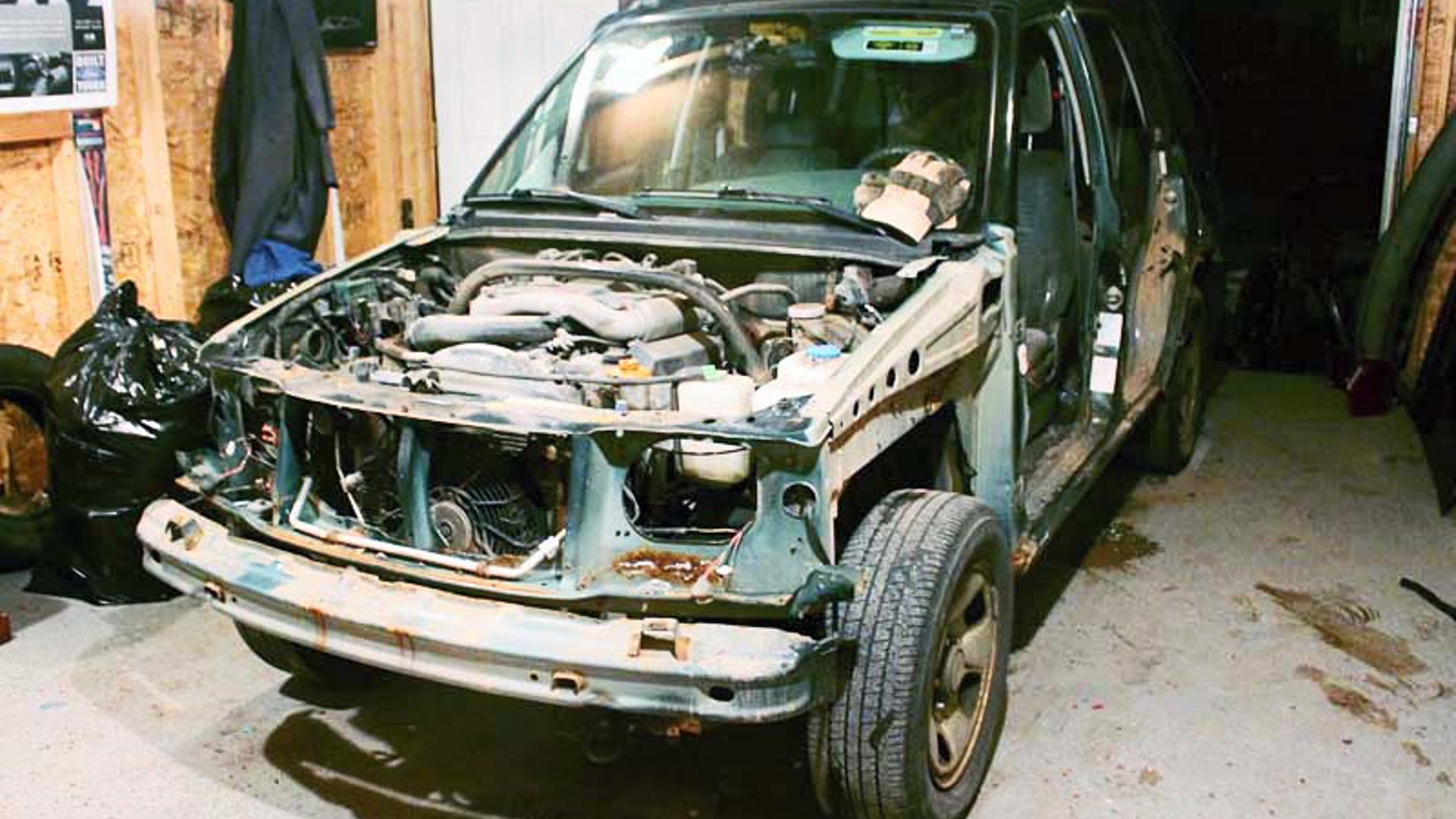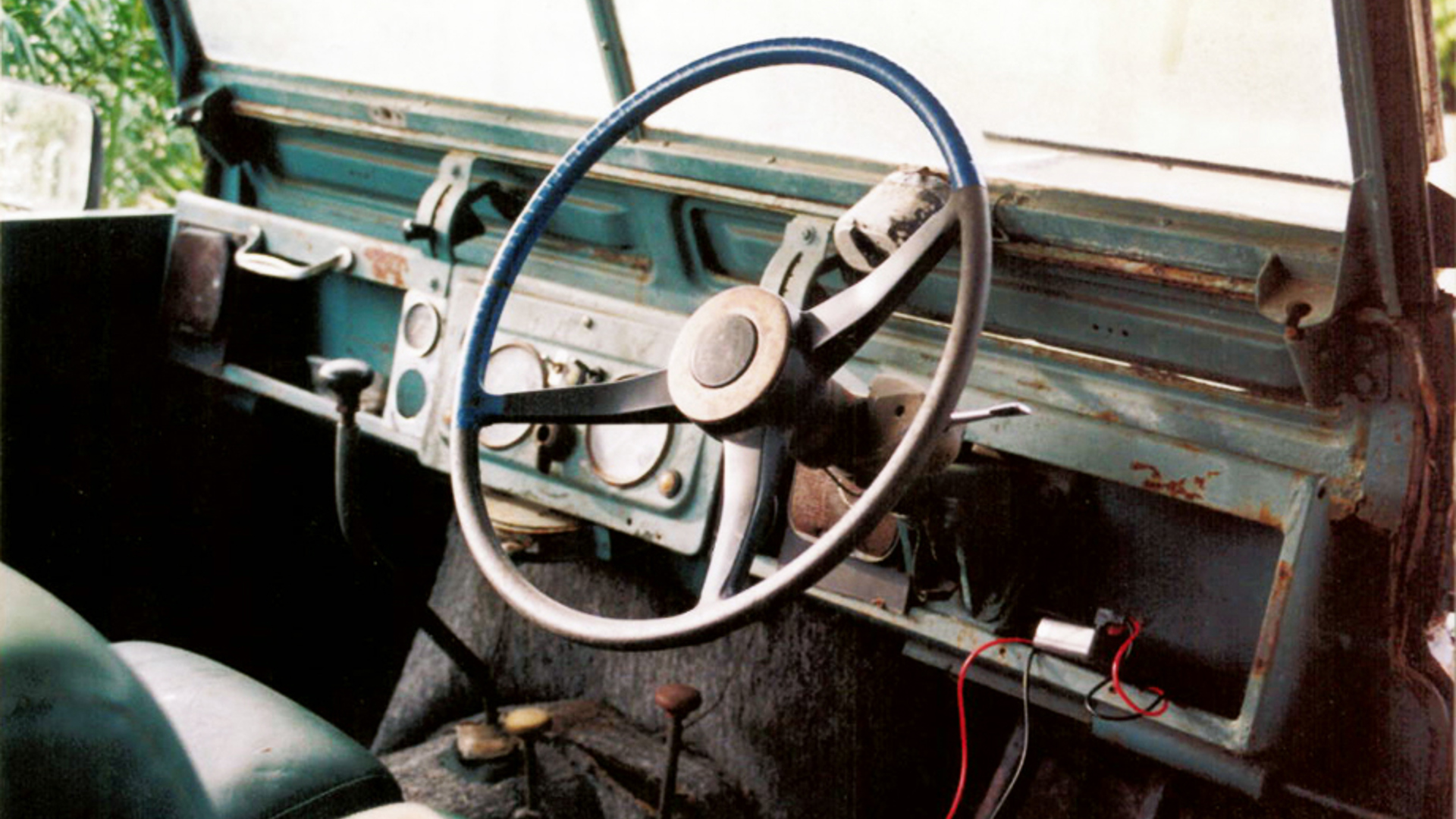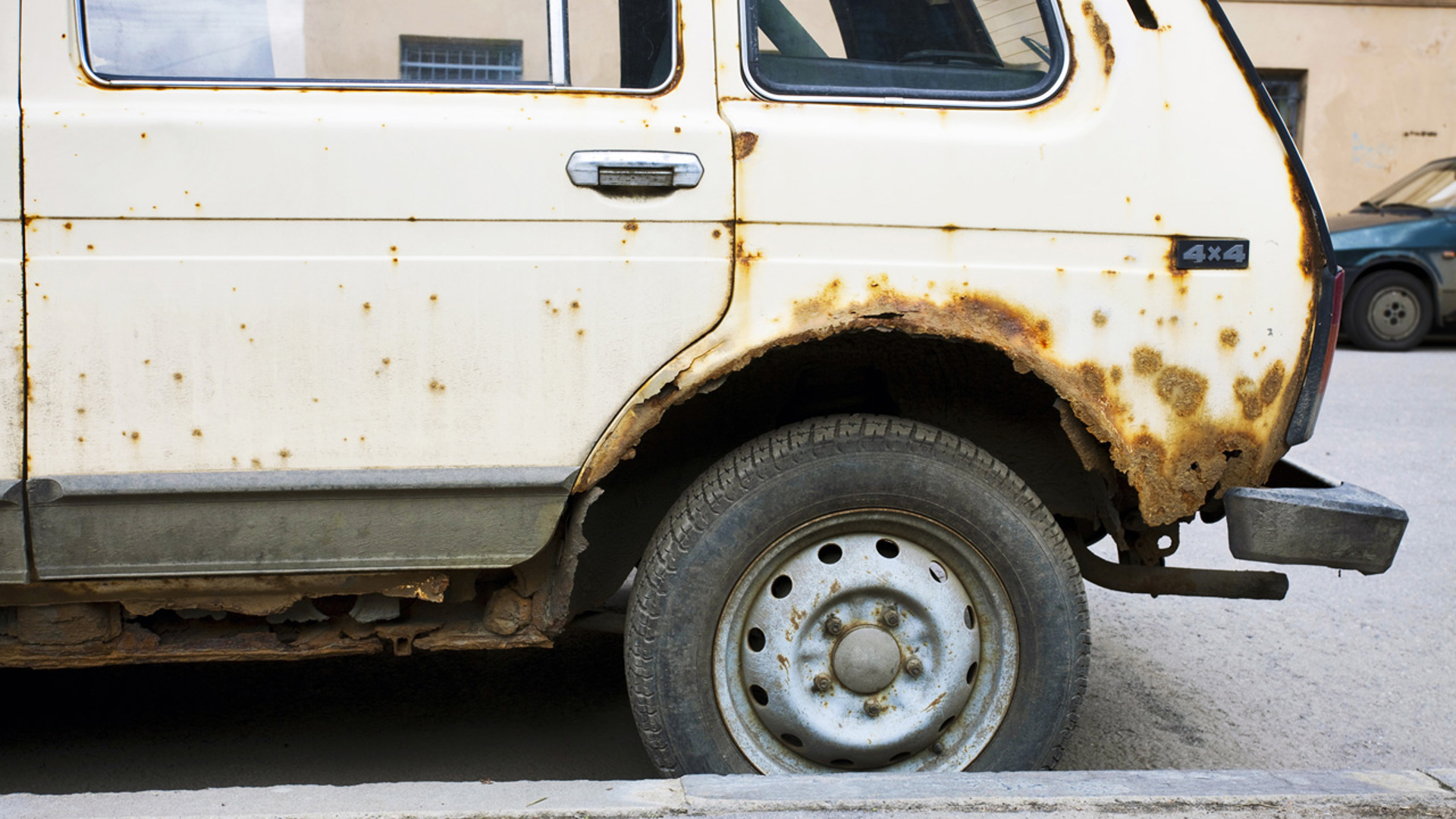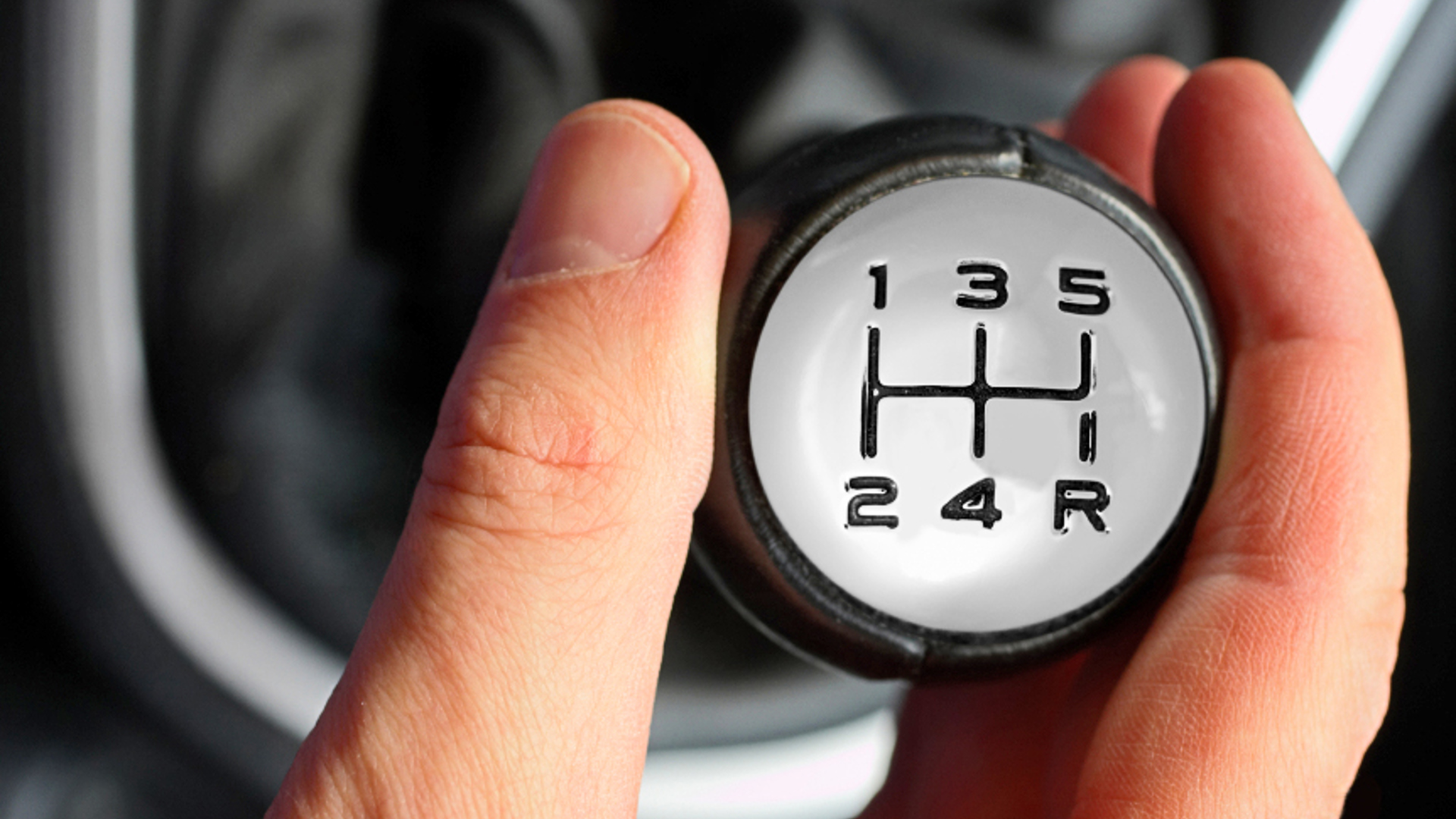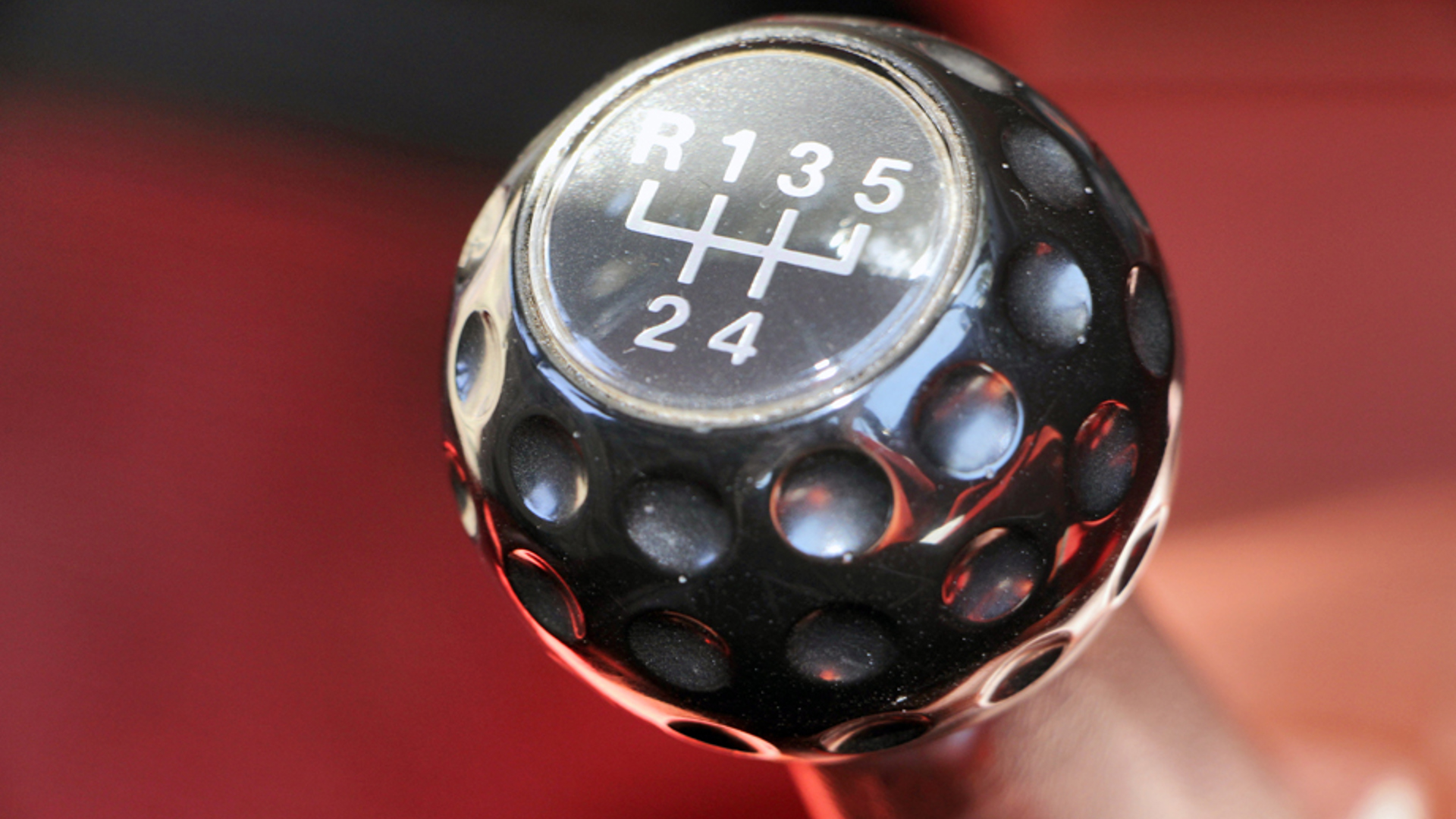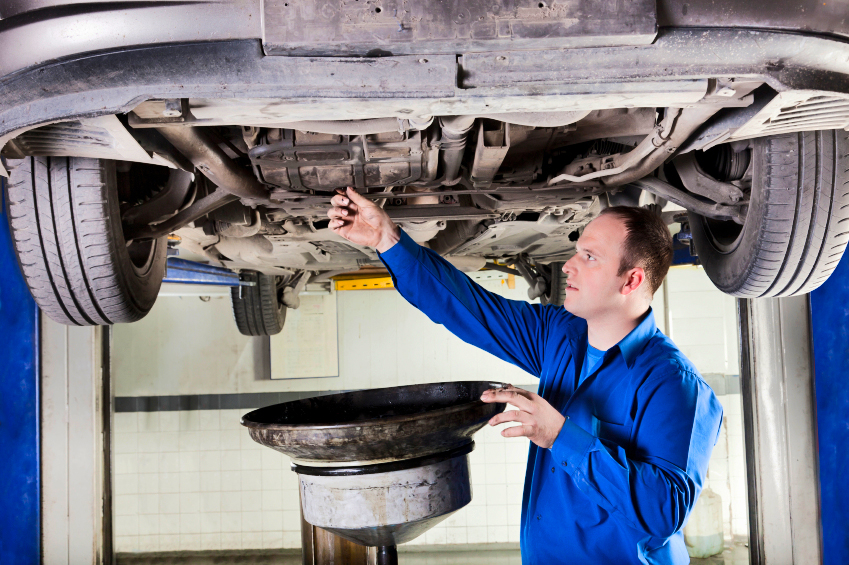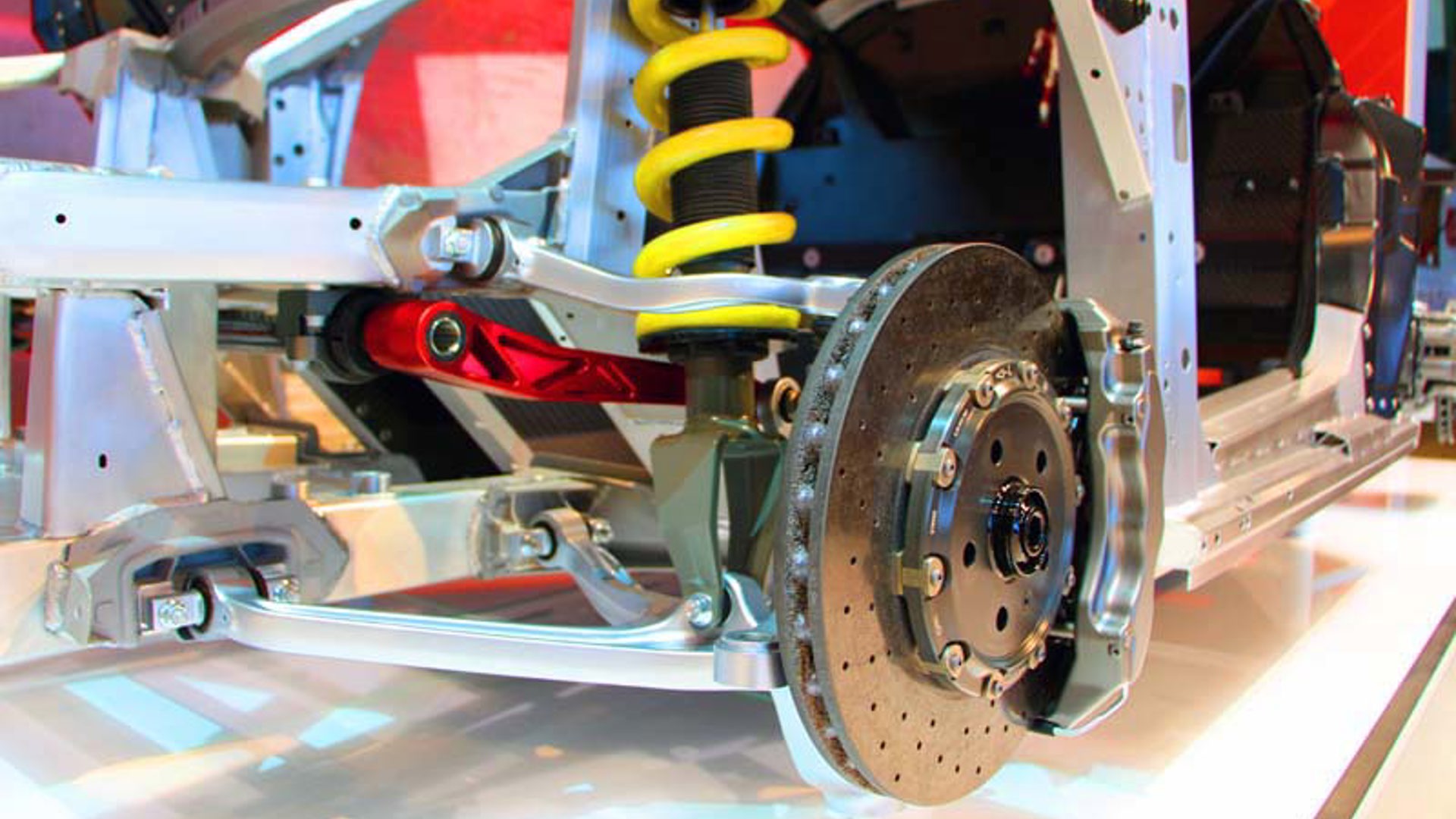Planning to buy a cheap, high-mileage beater and drive it into the ground? Like many Canadians, you might be after a machine for the cottage, the job site, or a daily commute down a nasty stretch of un-maintained road.
Perhaps the model in question will regularly be subjected to harsh driving conditions you’d rather not subject a new car to. Or, perhaps you’re the type of shopper that watches their funds by buying a $1,500 car, driving it till it dies, and repeating the process.
In any case, high-mileage cars, and especially ‘beater’ cars, come with a unique set of challenges and concerns that shoppers should be aware of. Below, we’ll look at some tips to help you shop smart for the beater that interests you.
Long-Life Wear
Some parts of some cars are engineered and built to last the life of the vehicle. Depending on the year, make and model of the model you’re after, these parts could include the transmission, brake calipers, wheel-bearings, axles and more.
Thing is, just what constitutes the ‘life of the vehicle’ can be subject to interpretation. Maybe the former owner exceeded what the vehicle’s manufacturer assumed to be its lifespan. Maybe the car in question has a lifetime transmission fluid fill but has exceeded that lifetime. In any case, a check of these lifetime components by your favorite mechanic can provide peace of mind that the vehicle is both in sound shape and unlikely to cost you any extra money.
Of course, use your ears on a test-drive to seek out any potential warning signs—for instance, a roaring or whirring sound from any corner of the vehicle could be a worn-out wheel-bearing, and a grinding sound as you drive along may indicate the brake system is in need of attention.
Lines
Special lines, constructed largely of thin, weak metal, carry gasoline from your tank to your engine, and brake fluid from your pedal to each wheel’s brakes. Many a mechanic will tell you that these metal lines eventually corrode, weaken and fail as a car ages—which is a big-time safety hazard that could cause a fire, and a total loss of your braking system. To completely eliminate the chances of rolling through a red light on fire, have a mechanic inspect the lines on the vehicle in question. If you smell gasoline from inside or outside of the vehicle, or if the brakes feel weak, spongy or limp, further investigation should be considered mandatory.
Sold ‘Safetied’
Each province has its own requirements that vehicle needs to meet to earn a vehicle ‘safety’ certificate. Be familiar with these requirements in the province you live in.In most provinces ‘certified’ means the horn works, and that the vehicle has four tires and four brakes and a windshield. You can even safety a car without an engine, and a ‘safety’ is in no way a guarantee that the vehicle is reliable, has been well maintained, or won’t break down. It simply means the vehicle has met some very minimal standard that it’ll go down the road without falling apart like an office desk from XS Cargo.
Compression Check
If you’re trying to save cash, it’s likely that your used beater has a four-cylinder engine—which by its design and layout facilitates a very easy compression check by your mechanic. Properly maintained, an engine will likely be the last part of a vehicle to fail—though a compression test is a great way to prove the high-mileage engine in the ride you’re considering is still in sound shape from the inside out.
Like humans, engines leak more, become weaker, and have frequent failures to contain gas as they age. A compression test can quickly search for signs of these issues, and is a great way to ascertain the overall health of an engine. Strong test results likely indicate that the engine is still tight, still making optimal power, and has been well maintained. Poor compression test results could indicate leaky piston rings, or a leaky head gasket.
Rust:
Beater or not, chances are you don’t want to be seen in a ride that looks like sheet-metal Swiss cheese. As such, be on the lookout for rust, even if there’s none, or not much, apparent on the body. Rust is sneaky stuff—and it likes to hang out in areas that aren’t always obvious. Look at key rust-prone areas on the car’s body down low—mainly the rocker panels and floor-pan. Look on the lower, inner edges of the doors, hood and tailgate or trunk, too. If possible, pull away the weather-stripping on the doors and trunk, down low, and look for ‘rotten’ metal underneath. An assertive tug will typically remove a portion of this water-trapping rubber strip, which should push back on easily. Pull the carpeting up and inspect the floor beneath for signs of rust, too.
Note that some older models may have excessive rust that leads to perforation, specifically, an actual hole through the vehicle’s body. Sometimes, shoddy patch-work will be used to cover said holes so the vehicle passes its mechanical inspection. Look for lumpy, unevenly-painted rocker panels, or signs of sealant or sloppy welding on the vehicle’s underside as indicators. Do you smell exhaust in the vehicle’s cabin while it’s running with the windows up? There could be an unseen hole in the vehicle floor that’s letting exhaust enter.
Check the Stick
For the ultimate in low-cost beater-ness, you’ll need a model with a manual transmission. If not subjected to frequent abuse, and providing fluid changes were made when required, a manual transmission should outlast the vehicle itself. Just remember the warning signs of a bad gearbox—which includes a transmission that ‘bites back’ at you when you shift gears, or a grinding sensation when shifting, even slowly. Further, a manual gearbox that ‘pops’ out of gear likely needs some attention, too.
Slippage can be coaxed out of a worn-out clutch in many cases by applying full throttle at a low RPM in a high gear—which intentionally puts big strain on the clutch. Be sure to note pedal feel, ensuring the clutch pedal returns eagerly to its position when you release it.
Fluids Can Tell a Story
Paul Kennaley is a certified mechanic who says a key factor in a vehicle living a long life has to do with fluids.
“I would have to say regular maintenance – basics like oil and fluid changes – are key to a long life. Especially when completed at a reputable shop that checks for other possible issues with suspension, brakes and the like, that may not get checked at a 10-minute oil-change type place.”
Assuming you’d like to get as much life from your beater as possible, be sure to check out its fluids. Engine, transmission, differential, power-steering and brake fluids should generally be near-clear, transparent and not dark, opaque and burned. Coolant should be clear, typically green or red, and not cloudy, brown and full of sludge. For maximum peace of mind, longevity and safety, budget for a full fluid change on the model you’re considering if you can’t confirm the seller has adhered to all factory fluid-change requirements.
